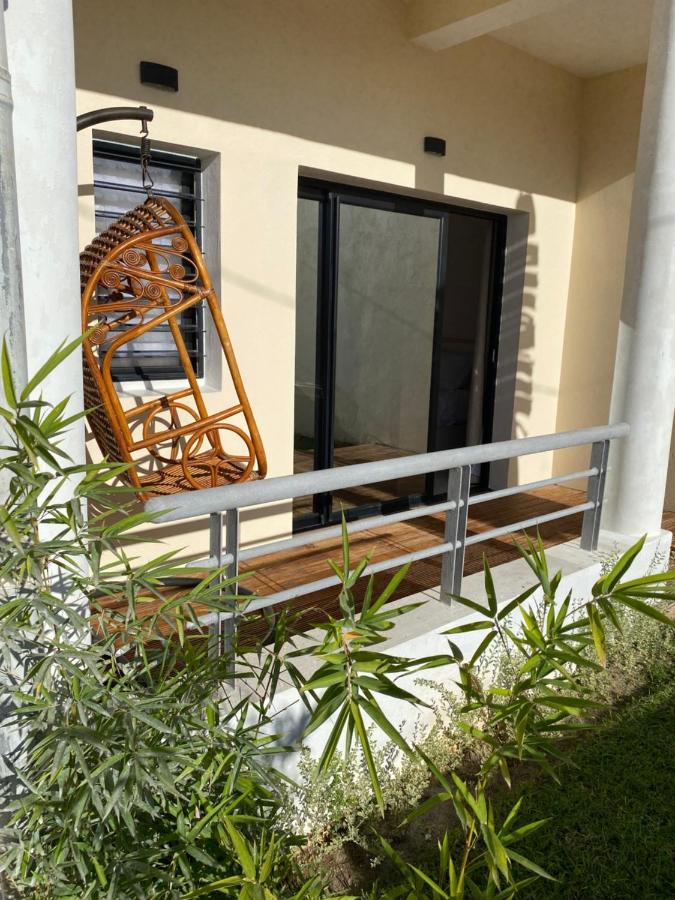The kingdom of Imerina.
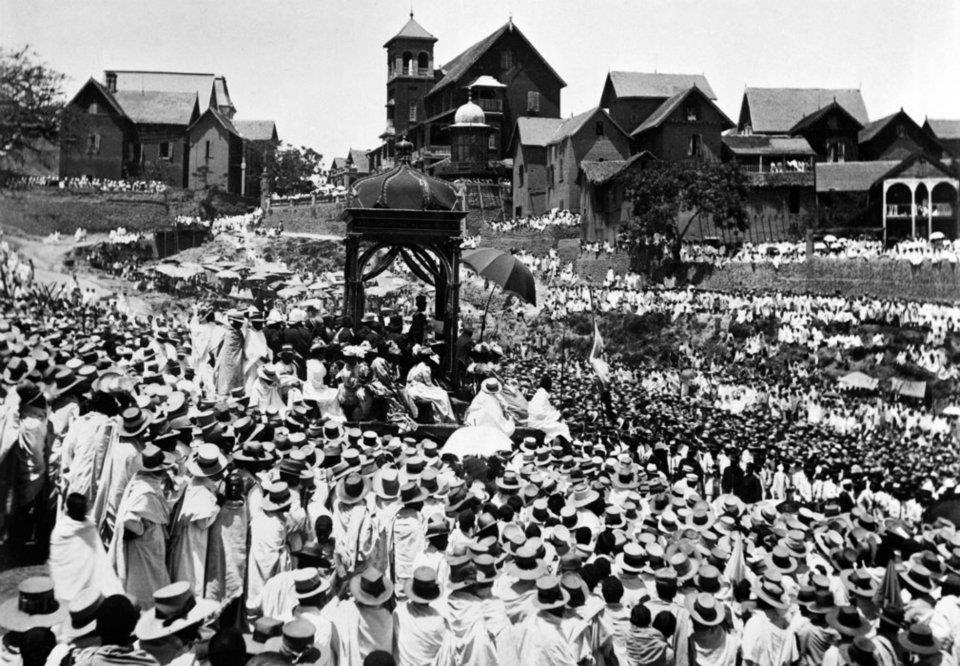
THE KINGDOM OF IMERINA
The kingdom of Imerina.
Madagascar is formed by an infinity of ethnic groups. The Merina Kingdom or Kingdom of Madagascar is the kingdom of the Imerina. The word Imerina is derived from the Malagasy word meaning “the occupation of an important place”.
In the past, this region was the kingdom of the Merina kings and queens in the 19th century who ruled over the big island. This region was first inhabited by the “first settlers of the island” or “Vazimba” in Malagasy. But the conflicts between the population of this time known as the “Hova” gave rise to wars of power.
With the civilization from outside, the kingdom acquired a brief evolution. It was later the division of power by King “Andriamasinavalona” among his four sons that led to wars and the persistent fragmentation of the island’s people.
Reunited by “Andrianampoinimerina“, the kingdom of Imerina regained its unity under his reign. Subsequently Madagascar was colonized by the French and became a French colony. After battles, it finally received its independence in 1960.
The “Rova de Manjakamiadana”, jewel of Antananarivo is a historical building that preserves the history of its country. This building has taken a great political and spiritual importance for the exchanges between the colonies and the business. After its fire in 1995, it represents today an important site slowly rebuilt that still tells its foundations.
Its capital Antananarivo in Ambohimanga, is the main engine of the island. Mainly inhabited by a Merina population, it is located in the highlands of the island. From Andrianampoinimerina, the Malagasy society began to adopt the grouping of the social classes as the “andriana” or the people of power and the “Hova” or the normal people of blood.
In the Merina culture, its landscape and location have a great ritual significance of its values. For the people, the “irrigation system” represented a way of uniting the Merina kingdoms and its people. In its conception, this asset communicated the privileges that water confers on this system. Said to be the “tsodrano” in Malagasy, it is a blessing for the unification of the sexes. Let us add to that the fact of using water to cook the staple food of the Malagasy which is the “rice”.
In their living environment, the merina value and respect their beliefs such as the fact of making “Vody ondry” before the marriage with the “tsodrano” of the parents who agree to reconcile the two genders. The “famadiana” or “turning over of the dead” for the Malagasy also represents a gesture of blessing of their “razam-be”.
The activities of the whole island stem from this starting point: commercial affairs, government decisions, advanced technology of the new generation,… today, we associate the evolution with the modernization of the island.
Nowadays, the government of the modern state of Madagascar is established and controlled by the presidents of its republic. The merina have their own faith according to the religion they choose.
Lys Carène ANDRIMANANTSOA
List of monarchs
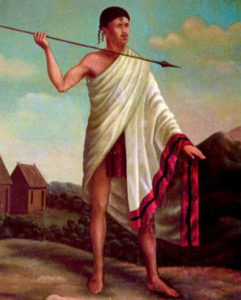
Andrinampohimerina
1787 – 1810
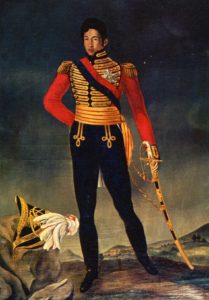
Radama I
(1810 – 1828)
fils d’andrianampoinimerina
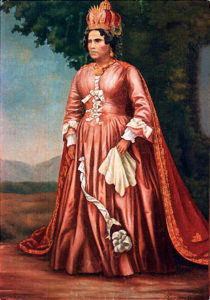
Ranavalona I
(1828 – 1861)
épouse de Radama I
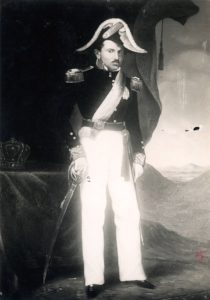
Radama II
(1861 – 1863)
fils de Ranavalona I
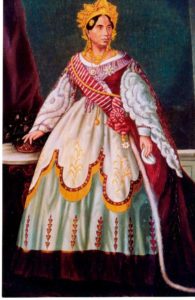
Rasoherina
(1863 – 1868 )
Epouse de Radama II
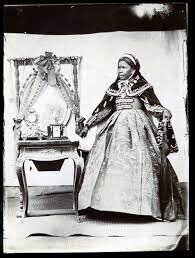
Ranavalona II
(1868 – 1883 )
Epouse de Radama II
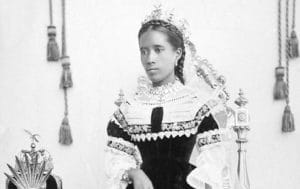
Ranavalona III
(1883 – 1896 )
nièce de Ranavalona II
Premier minister : Rainilaiarivony
Rainilaiarivony, born January 30, 1828 and died July 17, 1896 in Algeria, was a Prime Minister and co-king of Madagascar. Head of the royal government for 31 years, he was also co-king of Madagascar as husband of successive queens: Rasoherina, Ranavalona II and Ranavalona III. He gave no descendants to his wives. He had real influence over all his successive wives; in reality these queens no longer ruled and left Rainilaiarivony to rule the kingdom.

Rainilaiarivony (1828 – 1896)
In power, the latter put in place a policy of Europeanization, on the model of Radama II, and modernized the country. The army is reformed and the Christianization of the kingdom completed, in particular by the conversion of Queen Ranavalona II, the first sovereign crowned according to Protestant tradition. In 1864, the first modern hospital and a medical school opened in Tananarive. Two years later the first newspapers appeared. A scientific journal in English (Antananarivo Annual) was even published from 1875. In 1894, on the eve of the establishment of colonial power, the schools of the kingdom, run by the mainly Protestant missions, were attended by more than 200,000 students. At this time of division of the world between European imperialisms, France plans to exert more its influence on Madagascar and a treaty of Franco-Malagasy alliance is signed on December 17, 1885.
Disagreements over the application of this treaty serve as pretexts for the French invasion of 1895, which initially meets with little resistance. Rainilaiarivony’s authority has indeed become very unpopular with the population.
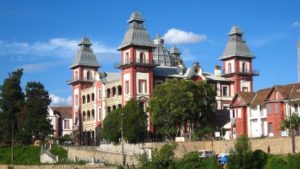
Palace of prime minister Andafiavaratra


